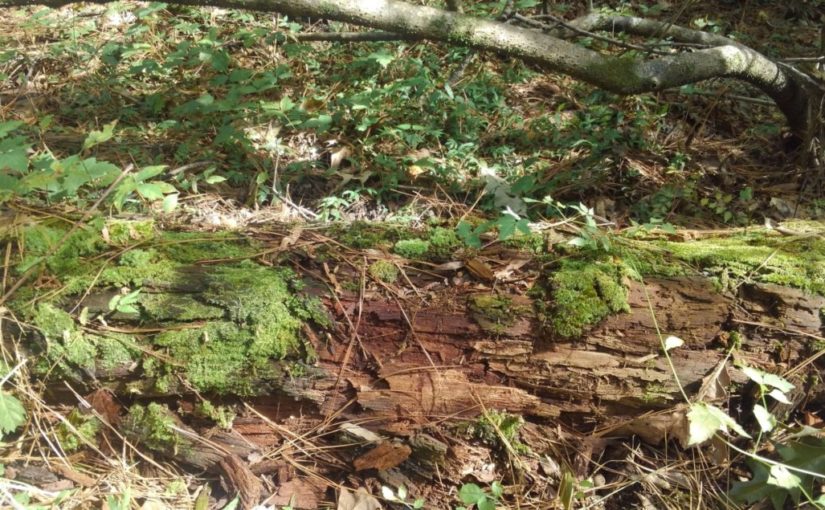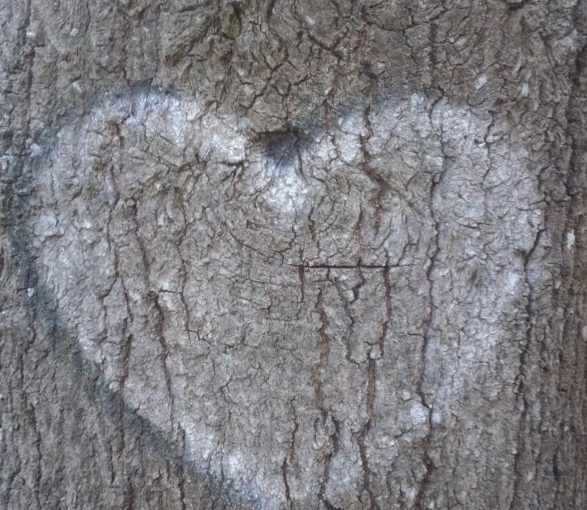-
52 Hike Challenge Summary 2021
I have been working on completing my 2022 52 Hike Challenge, and compiling my list of hikes for the year, but I realize I should make a point of documenting them on here, too. Last year I ended up hiking 60 times. Here is the list of where I went and with who: 52 Hike…
-
Nature Therapy

A boy bounces down a bayou with binoculars. “Let’s check Turtle Rock, Mom”, he says, pulling me down the bank to peer expectantly at the cluster of rocks in the middle, scanning for the little turtles that we have been seeing scrambling back into the water at our approach. We hear a different bird call…
-
I Left My Heart in FAYETTEVILLE

Sometimes in life, you see a road and wonder what is down there. For the past few years, that road for me has been 955. Just past Hruska’s on Highway 71 Austinbound, there at the 955 junction a sign says “Fayetteville” and points east. I took us down that road, to settle my curiosity about…
-
Birdgasm
It’s a spring morning in Texas in the middle of peak migration. A flock of birders is collecting in the parking lot of the Boy Scout Woods, one of the four Houston Audubon bird sanctuaries at High Island. Their colors vary, but mostly stick to a neutral beige, brown or tan in order to blend…


